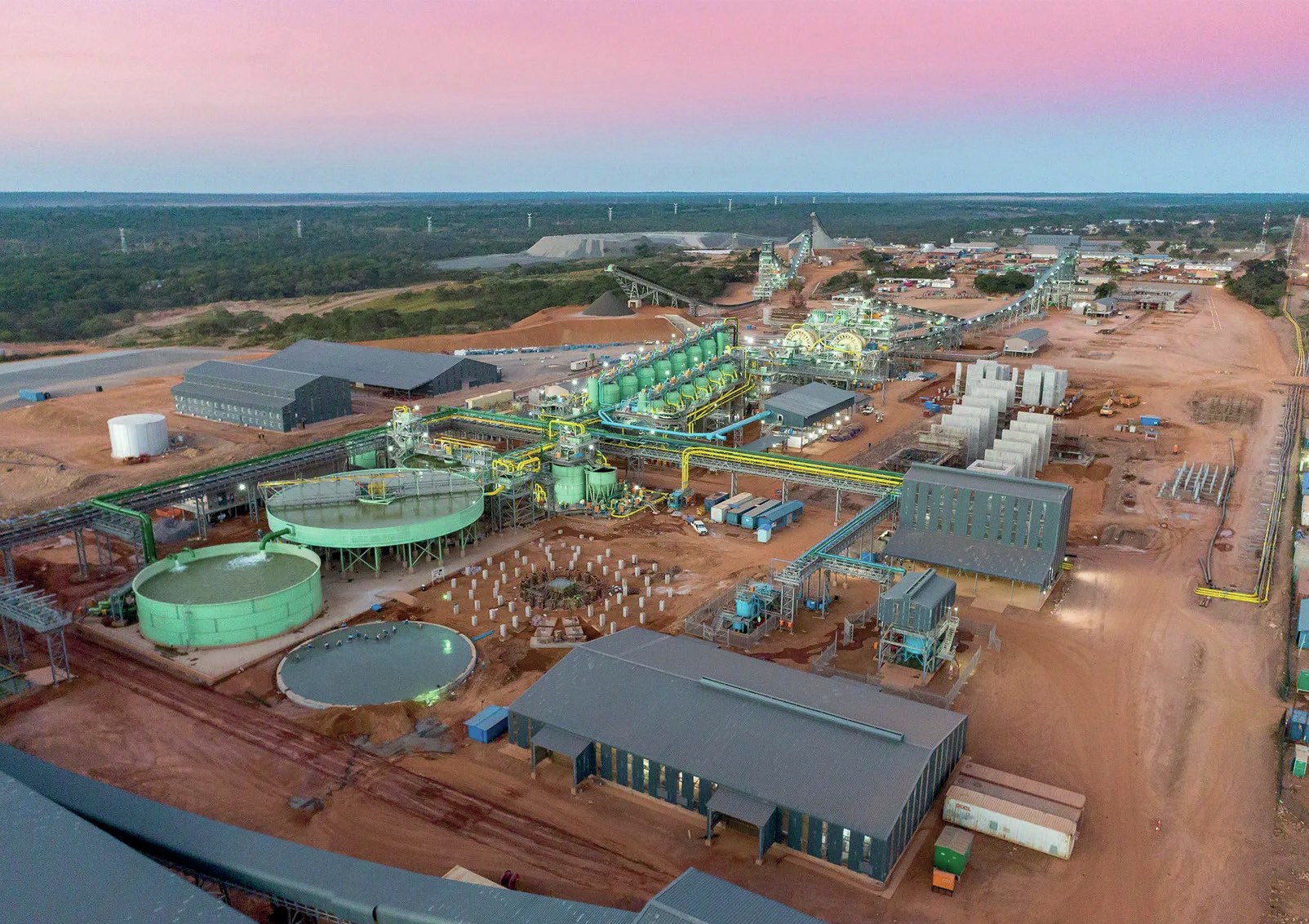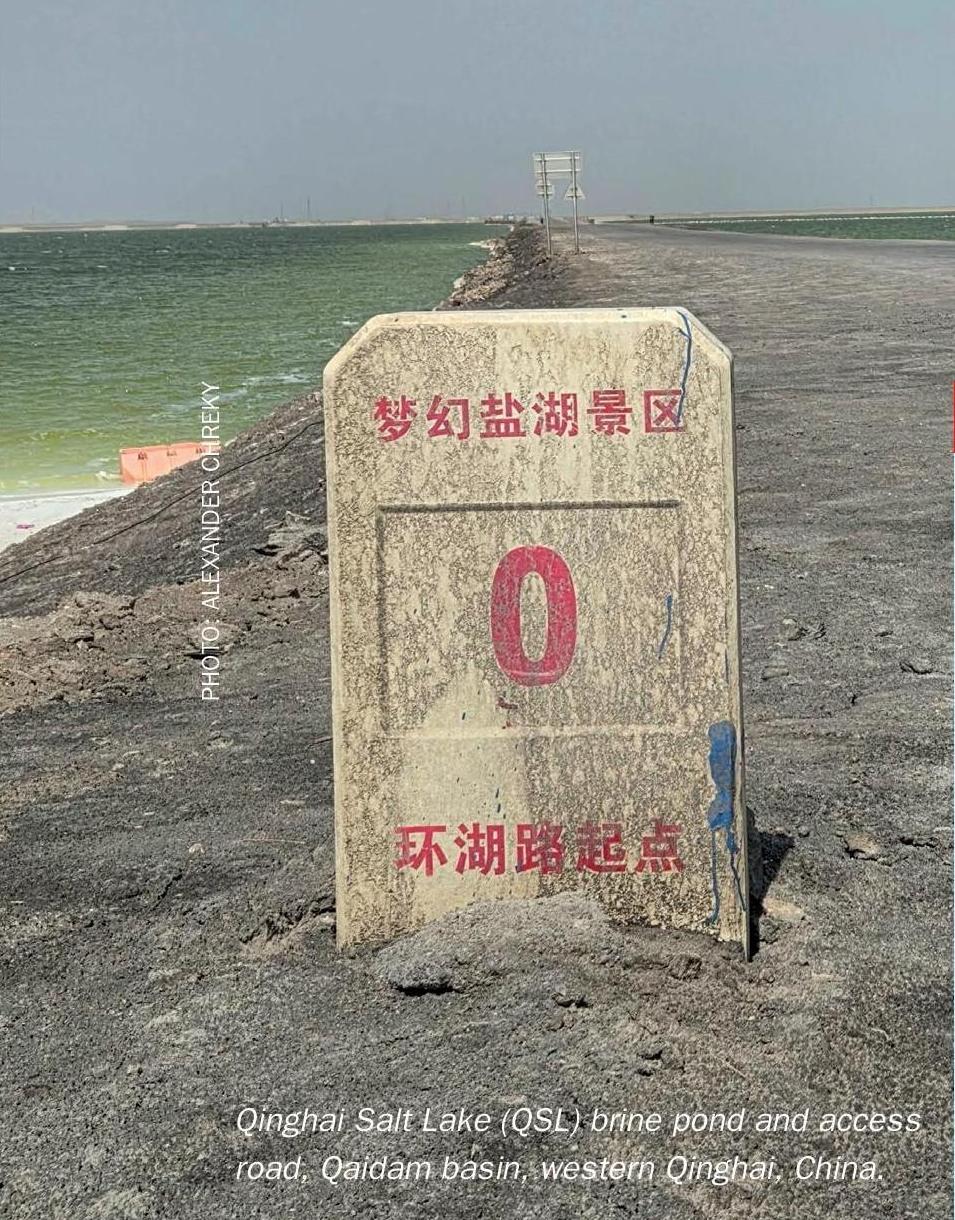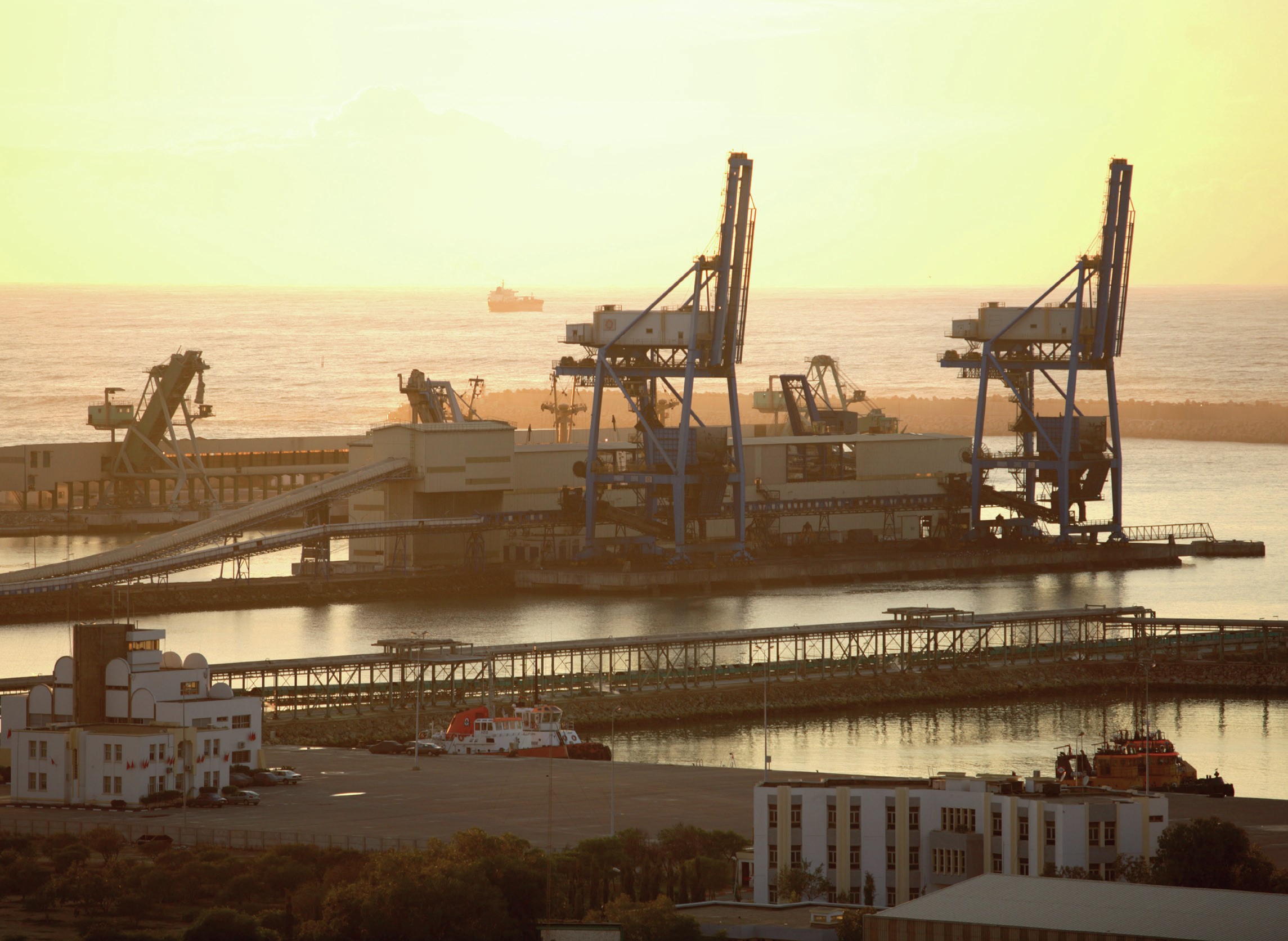Sulphur 396 Sept-Oct 2021
30 September 2021
Sulphur Industry News Roundup
INDIA
India discussing green hydrogen mandate for refiners
India’s power and renewable energy minister RK Singh has placed draft plans before the cabinet for the country’s refining and fertilizer sectors to switch to renewable ‘green’ hydrogen feeds. Other energy intensive sectors such as steel and transport are likely to follow. The policy suggests that refiners must have 10% of their hydrogen consumption generated from renewable electricity by the end of financial year 2023-24, rising to 25% by 2030. The comparable figures for ammonia/urea production are 5% and 20%, respectively. India is pursuing some of the world’s most ambitious renewable energy targets of 175 GW of renewable energy capacity by the end of 2022 and 450 GW by 2030.
State-owned refiner IOC says that it will build its first commercial green hydrogen plant at the 160,000 bbl/d Mathura refinery in north India, using electricity generated from wind energy in Rajasthan to electrolyse water. The company also says that for the 500,000 bbl/d of new refining capacity that it plans to add by 2024 at its existing Panipat, Barauni and Nagapattinam refineries, it will use clean energy to run operations instead of fossil fuels such as fuel oil, naphtha or natural gas.
Reliance Industries has also announced investments totalling $10 billion over the next three years to build plants that will produce green hydrogen and other forms of clean energy.
New sulphur unloader for Paradeep
Bruks Siwertell has won a contract to deliver a second screw-type ship unloader to Paradeep Phosphates Ltd (PPL), operating at the port of Paradeep, in Odisha state. The new Siwertell 640 D-type ship unloader joins a similar unit which has been serving the company since 2006. Owned by the Adventz Group and Morocco’s OCP, PPL is a major manufacturer of phosphate fertilizers and is Asia’s second largest producer of diammonium phosphate (DAP).
“We are delighted that PPL has once again turned to our technology,” said Pierre Öhrwall, Sales Manager, South Asia, Bruks Siwertell. “In 2005, the operator was looking for a new ship unloader. After a visit to Australia to appraise a Siwertell installation there, PPL was convinced that a continuous, screw-type Siwertell ship unloader was the answer to its needs as it gives faster turnaround time and is environmentally friendly.”
Simiar to its predecessor, the new rail-mounted ST 640-D unit has the capacity to discharge sulphur from vessels up to 60,000 dwt in size, at a rated capacity of 1,500 t/h. It will alternate handling this cargo with rock phosphate at a rate of 1,200 t/h and potassium chloride (MoP) at 1,050 t/h. Both units are also fitted with the Siwertell Sulphur Safety System (4S), which was first developed over 30 years ago to minimise the risk of explosions.
“The flammable and explosive nature of sulphur, which is not so much of a problem in open systems using grab cranes, becomes an issue for enclosed systems,” Öhrwall explained. “But sulphur handling should be contained and dust-free as it is damaging to the environment. Uniquely, Siwertell technology is able to offer totally enclosed screw-type unloading with systems equipped with the 4S. It allows enclosed sulphur handling with any risk to personnel, equipment, vessel and port reduced to the minimum possible levels.”
The new unloader will be delivered to the port in component parts and assembled on site. It is scheduled for operation at the end of 2022.
CANADA
New sulphur enhanced urea plant
Northern Nutrients has begun construction of a new sulphur enhanced urea fertilizer manufacturing facility outside of Saskatoon, Saskatchewan, with completion due early in 2022. The facility will use Shell Thiogro technology, a patented process for the incorporation of micronised elemental sulphur into urea, resulting in a sulphur form that is available to plants across the growing season, as part of Northern Nutrients’ longterm strategy to bring sustainable fertilizer technologies to western Canadian farmers.
Matt Owens of Emerge Ag Solutions and co-owner of Northern Nutrients said, “We first tried the sulphur product three years ago, and all our growers who have tried it have increased their acres and moved all of their sulphur requirements over to the Shell micronised sulphur urea product. They like the product (11-0-0-75) because it is readily available to the plant early and throughout the growing season, it mixes well in any dry blend, and it has a low salt index compared to other forms of sulphur.”
CHINA
Hydrocracker completes test runs
Axens says that its new 45,000 bbl/d H-Oil-based hydrocracker has completed performance guarantees at the Sinopec Zhenhai Refinery and Chemicals Company, demonstrating vacuum residue conversion in excess of 80%. The implementation of the technology was coupled with existing assets such as delayed coking and fluidized catalytic cracking (FCC) units to maximise refinery performance. The unit was also able to adjust its operation to follow market opportunities to produce low sulphur bunker fuel from unconverted residue product.
“Axens and ZRCC have a long standing relationship and we are very proud of the conclusion of the H-Oil ® unit implementation. We are particularly impressed by the way Sinopec ZRCC operation teams have adopted this ebullated bed VR conversion technology and explored many of its flexibilities to address today’s market uncertainties” said Jacques Rault, Conversion and Clean Fuels Director at Axens.
SOUTH AFRICA
Natref faces sale or closure
Sasol and its joint venture partner Total say that they are considering selling or closing their 107,000 bbl/d Natref refinery at Sasolburg. The firms have concluded that making the refinery compliant with the country’s pending Clean Fuel 2 regulations, equivalent to Euro-V (<10 ppm sulphur) would not be financially viable, because current margins do not justify the investment required. South Africa currently operates on much more forgiving Euro-II (<500 ppm) sulphur standards.
Sasol and Total are reportedly exploring options such as converting Natref into a storage and blending facility to supply Sasol’s facility at Secunda, which Sasol intends to convert to green hydrogen use to produce sustainable aviation fuels by 2030. The other options would be a sale or closure of the facility. Sasol expects to make a decision on Natref in the next few months.
UNITED STATES
New sour gas and carbon capture facility
Piñon Midstream LLC has begun construction on its new greenfield Dark Horse sour gas treating and carbon capture facility, with associated pipeline infrastructure, in Lea County, New Mexico. The project includes a centralised amine treating facility, an 18,000′ (5.4 km) deep acid gas sequestration well, and 30,000 horsepower of compression, and is expandable to treat up to 400 million cubic feet of sour gas per day. The Piñon plant ise designed to gather and treat natural gas containing any concentration of H2 S and CO2 , with the ability to deliver treated sweet gas to multiple third-party gas processing plants.
The Dark Horse facility and its associated pipelines are the first purpose-built sour gas infrastructure solutions of their kind in the Delaware Basin. A second amine treating plant is scheduled to be installed and operational in the fourth quarter, increasing Piñon’s total sour gas treating capacity to approximately 170 million cubic feet per day.
MALAYSIA
Contract awarded for sour gas, CCS development
Petronas has awarded the conceptual engineering design contract for its offshore Kasawari carbon capture and storage (CCS) project to Norwegian energy consultancy Xodus. Kasawari off the coast of Sarawak, is a strategic project underpinning Petronas’ commitment to achieve net zero carbon emissions by 2050 while also supporting the future supply of feedstock for the production of liquefied natural gas.
Phase 1 of the project will tap a large sour gas field in Block SK 316 with estimated recoverable reserves of 3.2 tcf. It is due to come onstream in 2023, producing up to 900 million scf/d once production reaches capacity, and will use Honeywell UOP acid gas removal technology, including MemGuard and Separex technologies. Gas at Kasawari contains around 150 ppm of hydrogen sulphide, as well as up to 20% CO2 .
The second phase will begin capture and processing of carbon dioxide from the sour gas field development, which will then be injected into a nearby depleted gas field. Petronas plans to commence the first injection of CO2 by the end of 2025, eventually reducing CO2 emissions by 3.7 million t/a.
UNITED ARAB EMIRATES
Revised FEED contract for Hail/Ghasha
The Abu Dhabi National Oil Company (ADNOC) has initiated the bidding process for a revised front-end engineering and design (FEED) contract to optimise its huge $15 billion Hail and Ghasha offshore sour gas developments. Pre-qualified bidders are understood to include Fluor, KBR, Technip and Wood Group. ADNOC is looking to 1.5 bcf per day of sour gas production from the project at capacity. EPC bidding began in 2019, with technical bids for the EPC packages submitted by November. However, further progress on the project was put on hold by the Covid pandemic and resultant fall in oil and gas prices. In September 2020 ADNOC reportedly began trying to reduce the scope of work on the project to reduce capital expenditure, and revised EPC bids were submitted in February this year. However, the company is said to be considering “major changes” to key aspects of the project.
AUSTRALIA
BHP to exit oil and gas
BHP Group has announced a major strategic change of direction, exiting the fossil fuel business and moving instead towards what it describes as “future facing” commodities such as potash and nickel mining. It says that it will sell its oil and gas operations to Woodside Petroleum Ltd in exchange for shares that it will distribute to its own investors. The company has also approved $5.7 billion of spending to build a massive new potash mine at Jansen in Canada, expected to start production in 2027, and has said that it will unify its dual-listed structure and shift to a single primary listing in Australia.
“Potash provides BHP with increased leverage to key global mega-trends, including rising population, changing diets, decarbonisation and improving environmental stewardship,” the company said.
TURKEY
New sulphur recovery unit
Turkish construction group Tekfen Insaat and partner HMB Hallesche Mitteldeutsche Bau AG have been awarded the EPC contract for the construction of a new sulphur recovery unit at the Kirikkale refinery by operator Tupras. Tupras’ upgrade plans for its four refineries include new sulphur units at its three main refineries, Izmit, Izmir and Kirikkale. Tekfen said that the project would take 36 months to complete, at a cost of $54 million.






